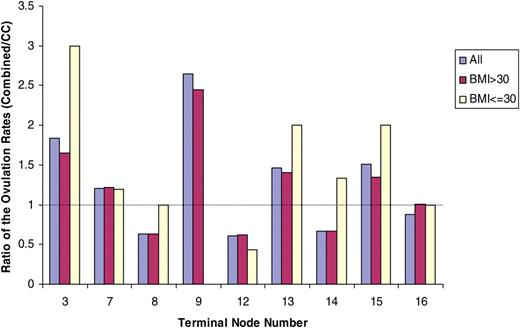Decision Trees For Differential Diagnosis Pdf Printer

The American Psychiatric Association (APA) has updated its, including with new information specifically addressed to individuals in the European Economic Area. As described in the Privacy Policy, this website utilizes cookies, including for the purpose of offering an optimal online experience and services tailored to your preferences. Please read the entire. By closing this message, browsing this website, continuing the navigation, or otherwise continuing to use the APA's websites, you confirm that you understand and accept the terms of the Privacy Policy, including the utilization of cookies. The DSM-5® Handbook of Differential Diagnosis is the preeminent guide to differential diagnosis for both clinicians and students learning psychiatric diagnosis.
Based closely on the Diagnostic and Statistical Manual of Mental Disorders, Fifth Edition, it offers a rich selection of perspectives in an easy-to-use format. The author, an expert on psychiatric diagnosis and assessment, recognizes that psychological distress cannot be reduced to a rubric. The clinician must have empathy, listening skills, the ability to identify symptoms and contextualize them, and a familiarity with the body of knowledge represented by DSM-5 ®.
The handbook brings these critical skills together in a well-written, accessible, and reader-friendly volume that is grounded in the latest research and standard of practice. The handbook offers an assortment of approaches to differential diagnosis, and a number of features designed to benefit clinicians in the exam room, including: • A six-step framework for diagnosing patients that proceeds from determining if the symptom is real to establishing the boundary between disorder and normality, with intermediary steps to rule out substance etiology and medical conditions, as well as to determine the primary disorder and to differentiate adjustment disorders from other mental disorders. • Twenty-nine symptom-oriented decision trees that provide detailed decision points to facilitate the process of generating the differential diagnosis based on the presenting symptoms and eliminate formulating premature conclusions. • Sixty-six differential diagnosis tables, one for each of the most important DSM-5® disorders, cross-referenced with the terminal branches of the decision trees presented in the handbook to provide a head-to-head comparison of each disorder, highlighting similarities and differences. • The DSM-5 ® classification, to facilitate coding and to provide an overview of all of the DSM-5 ® diagnoses that must be considered in formulating a differential diagnosis. • Alphabetical indexes of the decision trees and differential diagnosis tables to help readers readily locate desired material. The Third Ear Lonsdale Pdf Printer. The Joiner And Cabinet Maker 1839 Pdf Printer.
DSM-5® Handbook of Differential Diagnosis provides a comprehensive overview of the process of diagnosing DSM-5 ® disorders while serving as a reference guide to assist in the differential diagnosis of individual patients. The handbook is an invaluable addition to the DSM-5 ® collection and an important contribution to the mental health profession. Chp Driver Proficiency Form.
A decision tree – based method for the differential diagnosis of Aortic Stenosis from Mitral Regurgitation using heart sounds Sotiris A Pavlopoulos, 1 Antonis CH Stasis, 1 and Euripides N Loukis 2. Free Download Software Untuk Flash Hp Cina.
Background New technologies like echocardiography, color Doppler, CT, and MRI provide more direct and accurate evidence of heart disease than heart auscultation. However, these modalities are costly, large in size and operationally complex and therefore are not suitable for use in rural areas, in homecare and generally in primary healthcare set-ups. Furthermore the majority of internal medicine and cardiology training programs underestimate the value of cardiac auscultation and junior clinicians are not adequately trained in this field. Therefore efficient decision support systems would be very useful for supporting clinicians to make better heart sound diagnosis. In this study a rule-based method, based on decision trees, has been developed for differential diagnosis between 'clear' Aortic Stenosis (AS) and 'clear' Mitral Regurgitation (MR) using heart sounds. Methods For the purposes of our experiment we used a collection of 84 heart sound signals including 41 heart sound signals with 'clear' AS systolic murmur and 43 with 'clear' MR systolic murmur.